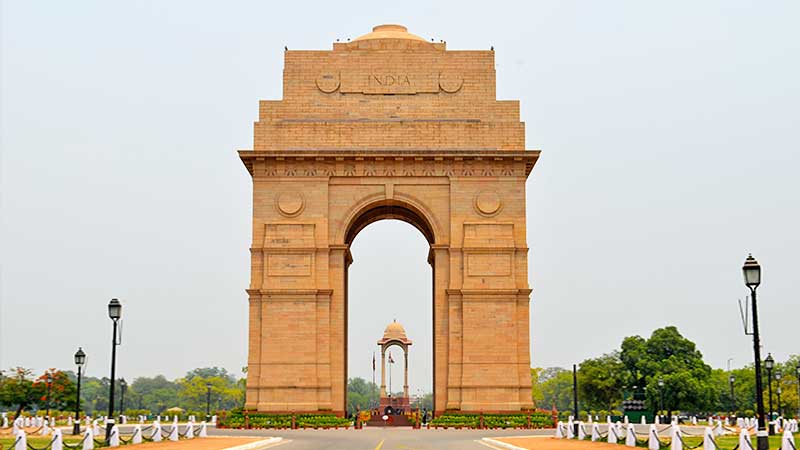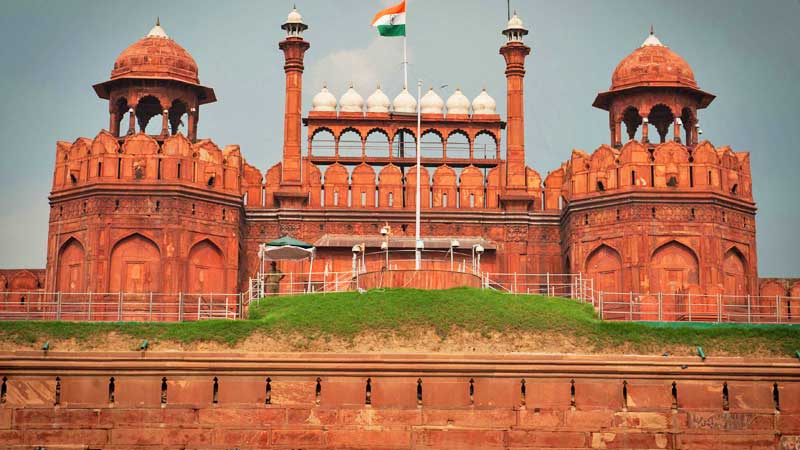
Same Day Delhi Tour
Delhi Same Day Tour 8/Hrs,80/Kms,
Jama Maszid - Red Fort - Raj Ghat - Jantar Mantar - Lakshmi Narayan Birla Temple - Indira Gandhi Memorial - President House - Parliament House - India Gate - Qutab Minar - Lotus Temple
Overview
Same Day Delhi Tour
The History of the City is as old as the epic Mahabharata. The town was known as Indraprastha, where Pandavas used to live. In due course eight more cities came alive adjacent to Indraprastha: Lal Kot, Siri, Dinpanah, Quila Rai Pithora, Ferozabad, Jahanpanah, Tughlakabad and Shahjahanabad.
Delhi has been a witness to the political turmoil for over five centuries. It was ruled by the Mughals in succession to Khiljis and Tughlaqs.
In 1192 the legions of the Afghan warrior Muhammad of Ghori captured the Rajput town, and the Delhi Sultanate was established (1206). The invasion of Delhi by Timur in 1398 put an end to the sultanate; the Lodis, last of the Delhi sultans, gave way to Babur, who, after the battle of Panipat in 1526, founded the Mughal Empire. The early Mughal emperors favoured Agra as their capital, and Delhi became their permanent seat only after Shah Jahan built (1638) the walls of Old Delhi.
From Hindu Kings to Muslim Sultans, the reins of the city kept shifting from one ruler to another. The soils of the city smell of blood, sacrifices and love for the nation. The old 'Havelis' and edifices from the past stand silent but their silence also speaks volumes for their owners and people who lived here centuries back.
In the year 1803 AD, the city came under the British rule. In 1911, British shifted their capital from Calcutta to Delhi. It again became the center of all the governing activities. But, the city has the reputation of over throwing the occupants of its throne. It included the British and the current political parties that have had the honour of leading free India.
After independence in 1947, New Delhi was officially declared as the Capital of India.
Morning After Break Fast - Visit Delhi Darshan City Sightseeing Fullday Tour by Car.
Tour Itinerary
Day 1 Morning After Break Fast - Visit Delhi Darshan City Sightseeing Fullday Tour by Car.
Jama Maszid
Jama Masjid of Delhi is the largest mosque in India. The Jama Masjid is located in the old city. It stands in front of the Red Fort across the road. It projects beautifully into the Old-Delhi skyline. It was built between 1644 and 1658.
Red Fort (closed on Monday)
This grand fort built during the Mughal emperor Shah Jahan's reign, this majestic building made of red sandstone is the location from where the Prime Minister of India addresses the nation every Independence Day. The Diwan-e-khas, and Diwan-e-am, the weaponry museum and the sound and light show are all worth seeing at the Red Fort. For drop at Red Fort, Connaught Place, Karol Bagh and Pahargunj kindly intimate driver or guide timely.
Raj Ghat
The memorial of the Father of Nation, Raj Ghat is located amidst a lush garden. The last utterance of Gandhi “Hey Ram’’ is inscribed on his cenotaph in golden letters. There are two Gandhi museums in the premises namely Gandhi Memorial Museum and Gandhi Smriti Museum.
Jantar Mantar
Jantar Mantar consists of 13 architectural astronomy instruments, built by Maharaja Jai Singh II of Jaipur, from 1724 onwards, and is one of five built by him. The primary purpose of the observatory was to compile astronomical tables and to predict the time and movements of the sun, moon and planets.
Lakshmi Narayan Birla Temple
This is a relatively modern temple build in 1938 by the industrialist B.D. Birla. The temple was the favourite place of worship of Mahatma Gandhi.
Indira Gandhi Memorial (closed on Monday)
Indira Gandhi Memorial Museum was the residence of the former Prime Minister of India, Indira Gandhi. After her assassination, the bungalow was converted into a museum.
President House
Rashtrapati Bhawan was formerly known as 'Viceroy's House' and was occupied by the Governor-General of India, until independence. Also known as President's House, the building holds a prominent position in New Delhi. It has 340 decorated rooms and a floor area of 200,000 square feet. Designed by the British architect, Sir Edwin Lutyens, this classical building uses colors and details peculiar to Indian architecture. It was completed by 1929 and was officially inaugurated in 1931.
Parliament House
The Parliament House of India is located in the northwestern side of the Vijay Chowk in the vicinity of the secretariat buildings. The parliament house marks governance of the world's largest democracy. The Parliament House of India has a central hall topped with a domed structure and three semi circular chambers. These chambers were initially assigned to house the council of state, legislative assembly and the chamber of princes.
India Gate
Situated on Rajpath, in the center of Delhi, this 42-meter high arch, was designed by Edwin Lutyens, in memory of the Indian soldiers who sacrificed their lives during the first World War. Their names can be seen inscribed on the arch. The Amar Jawan Jyoti, an eternal flame, burns in memory of the unknown soldier, beneath the shelter of the arch, which is surrounded by green lawns, fountains and water bodies - an evergreen picnic zone in the heart of central Delhi.
Qutab Minar
Built during the reign of Sultan Qutub-ud-din Aibak in 1199 A.D., this 72.5 m high pillar is a symbol of the Delhi Sultanate. Near it can be seen the ruins of Kila Ri Pithora, the fort of Prithviraj Chauhan, and an amazing iron pillar from Gupta times which has not yet rusted.
Lotus Temple (closed on Monday)
Lotus Temple is one of the most incredible architectures of the Bahai faith. It is situated at Kalkaji, a place close to New Delhi. The temple has been constructed to resemble a lotus flower. The huge lotus flower has been made out of marble, dolomite, cement, and sand. The temple does not impose restrictions on any visitor and has been thrown open to people of all religions. Delhi And transfer for your own destination.
(Tour end with sweet memories)
Make Your Trip Now
Get More Packages
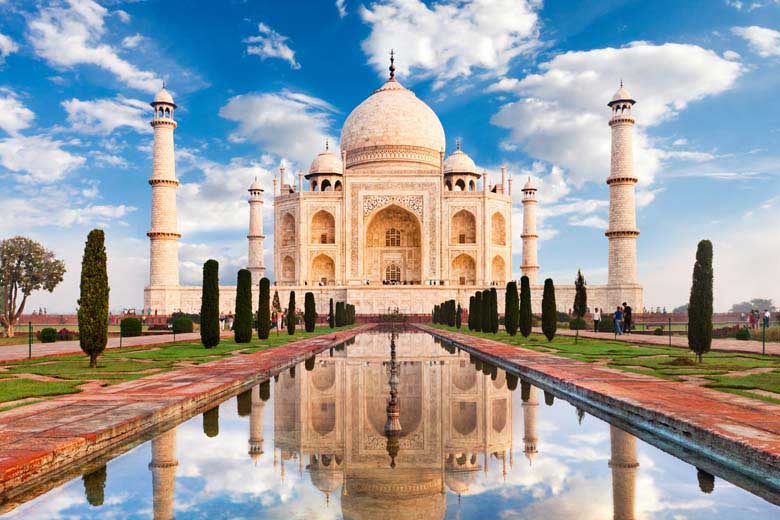
Golden Triangle Vacation Tour
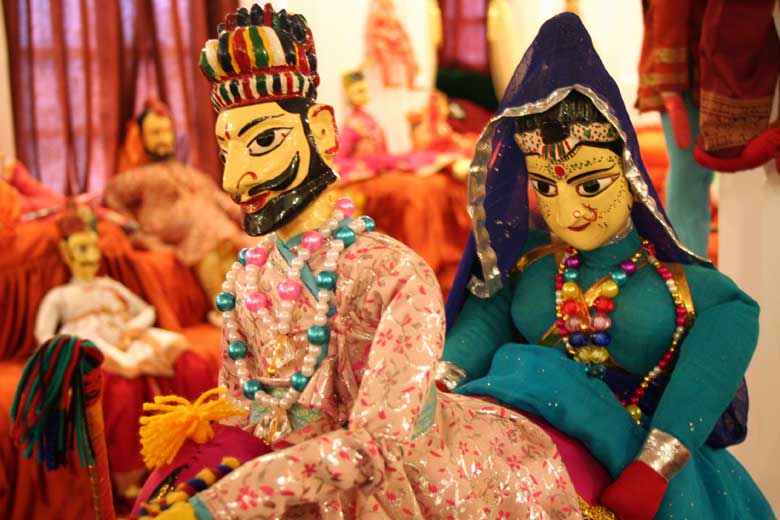
Rajasthan colorful Tour
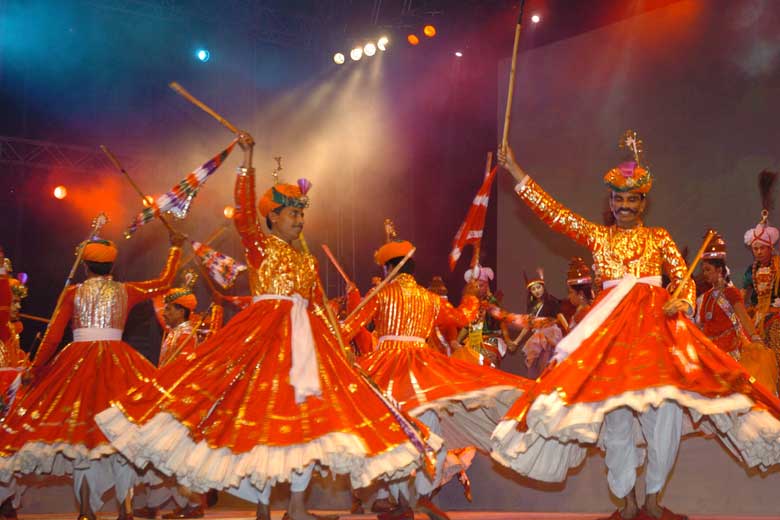
Rajasthan Cultural Tour
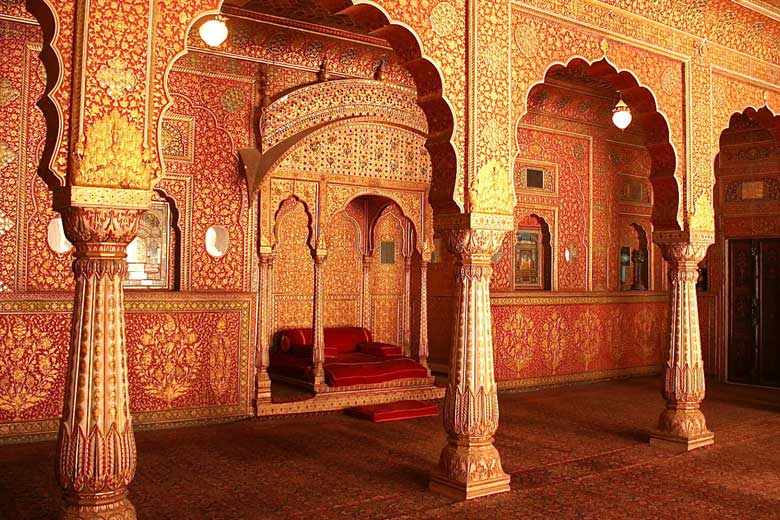
Rajasthan Fort & Palace Tour
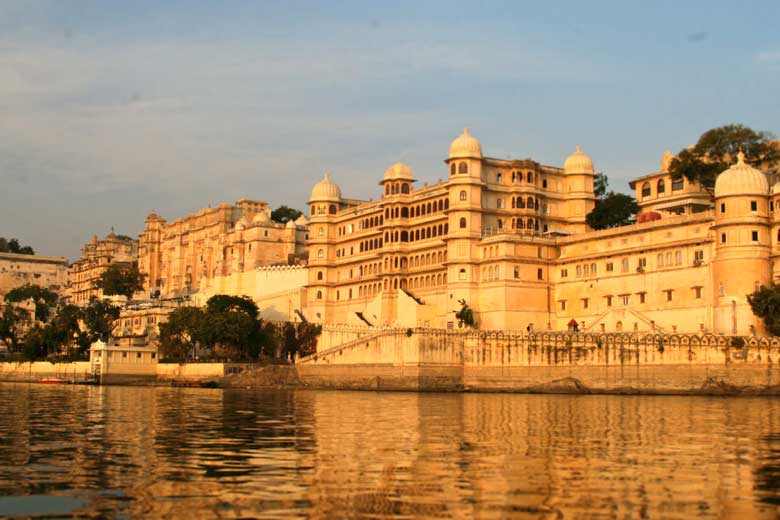
Rajasthan Heritage Tour
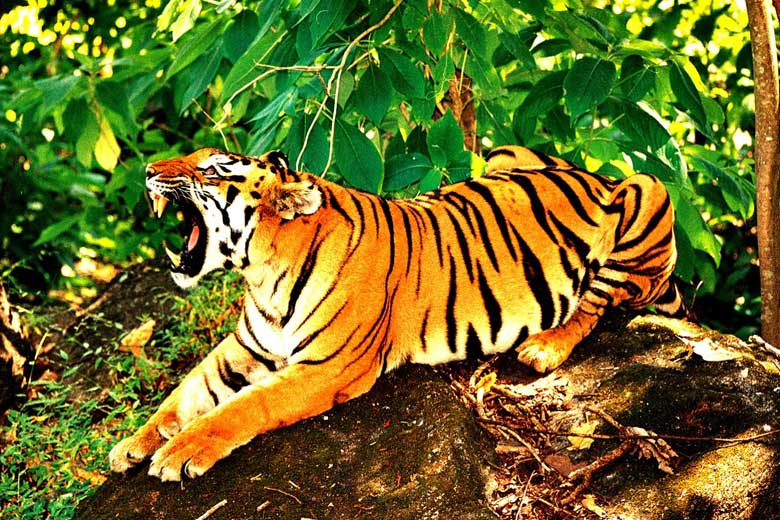
Rajasthan Wildlife Tour
MOST POPULAR PACKAGES

6 Nights / 7 Days
Golden Triangle Vacation Tour
India’s golden triangle is a tourist circuit which includes: Delhi, Agra (including the Taj Mahal), and Jaipur. These trips usually 7 days and do the trip as a circuit starting and ending in Delhi.
View Package
16 Nights / 17 Days
Rajasthan colorful Tour
Coloruful Rajasthan Tour is one of the most popular circuit of India. This tour package accommodates you to endure Rajasthan in all its different colors.
View Package
10 Nights / 11 Days
Rajasthan Cultural Tour
The Rajasthan state represents an unusual diversity in all its forms - people, culture, customs, costumes, cuisine, dialects and music and haveli's.
View Package
12 Nights / 13 Days
Rajasthan Fort & Palace Tour
Rajasthan is famous all over the world for its stunning forts and palaces that have been gloriously standing since decades in this princely state.
View Package
11 Nights / 12 Days
Rajasthan Heritage Tour
Rajasthan known as the "land of kings"provides some marvelous marks from the history in the form of its forts, palaces, mansions and haveli's.
View Package
06 Nights / 07 Days
Rajasthan Wildlife Tour
The name Rajasthan has a habit of invoking the images of sun-bathed sand dunes of the Thar Desert, the rustic turban and mustache of Rajasthani men and women’s ghagra.
View Package
 Gujarat Toursim
Gujarat Toursim
 IATO -
Indian Association of Tour Operators
IATO -
Indian Association of Tour Operators
 +91-9811175768
+91-9811175768